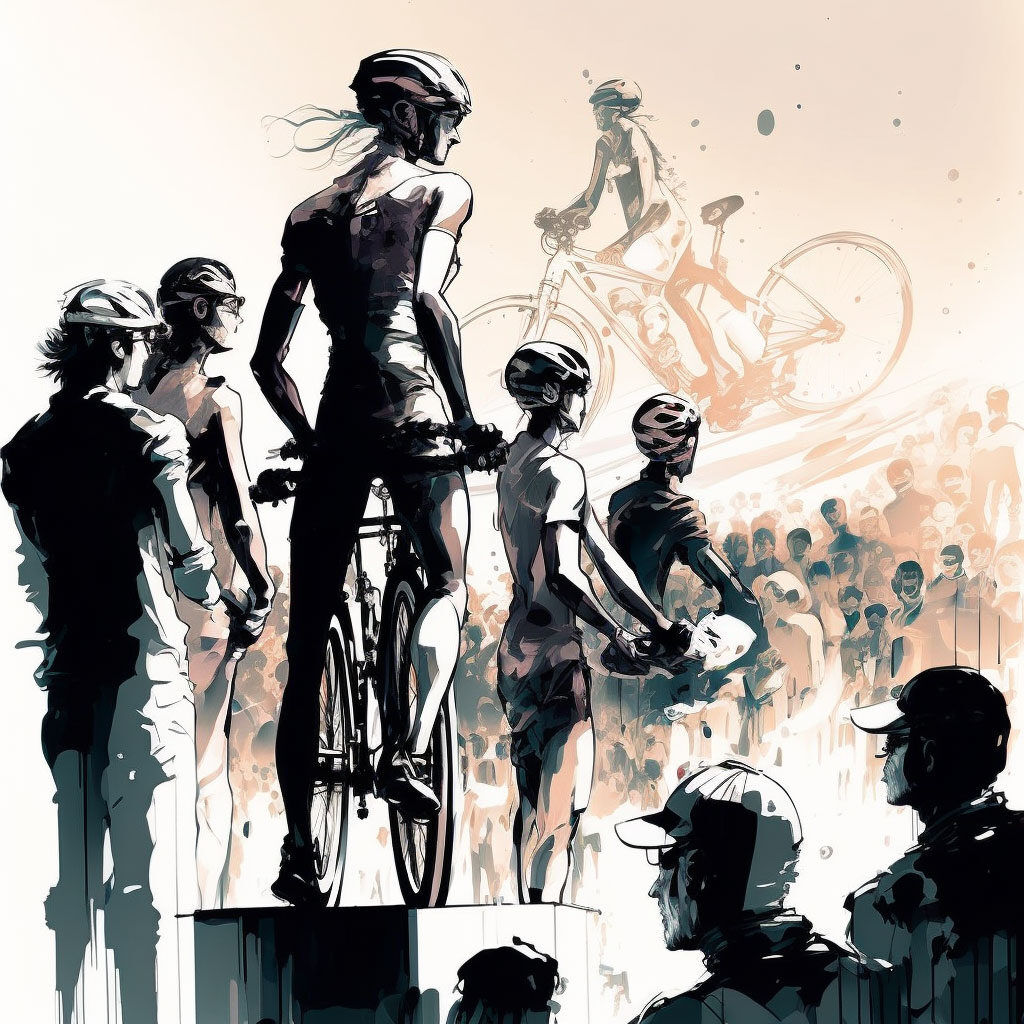Are you feeling stressed? Do you find yourself constantly worrying about work, relationships, or the state of the world? If so, cycling may be just the thing you need to help you relax and unwind.
Cycling is an excellent way to get some exercise, enjoy the great outdoors, and clear your mind. It’s also a low-impact activity that can be enjoyed by people of all ages and fitness levels. Whether you’re a seasoned cyclist or just starting out, here are some of the ways that cycling can help reduce stress:
1. Cycling Helps You Disconnect
In today’s fast-paced world, it’s easy to feel like you’re always connected to technology and the demands of work and family. Cycling gives you a chance to unplug and disconnect from all of that. As you pedal down the road, you can focus on your breath and the rhythm of your movements, rather than the distractions of your phone or computer.
2. Cycling Boosts Endorphins
When you exercise, your body releases endorphins, which are natural feel-good chemicals that can help improve your mood and reduce stress. Cycling is a great way to get your heart pumping and your body moving, which can help trigger the release of endorphins and give you a natural high.
3. Cycling Helps You Sleep Better
One of the biggest contributors to stress is lack of sleep. Cycling can help you get better quality sleep by tiring out your body and mind. It also helps regulate your circadian rhythm, which is the natural internal clock that tells your body when to sleep and wake up.
4. Cycling Encourages Mindfulness
Mindfulness is the practice of being present in the moment and fully engaged with your surroundings. Cycling is a great way to practice mindfulness because it requires you to focus on your body and your environment. As you cycle, you can take in the sights and sounds around you, and be fully present in the moment.
5. Cycling Builds Confidence
When you set and achieve goals on your bike, it can give you a sense of accomplishment and build your confidence. This can help reduce stress by giving you a positive outlook and a feeling of control over your life.
In conclusion, cycling is a fantastic way to reduce stress and improve your overall well-being. By disconnecting from technology, boosting endorphins, helping you sleep better, encouraging mindfulness, and building confidence, cycling can help you feel happier, healthier, and more relaxed.
So, what are you waiting for? Grab your bike and hit the road. Your mind and body will thank you.
Want a little more stress reduction? Learn how to draw a bike, and doodle your way to relaxation between rides.

